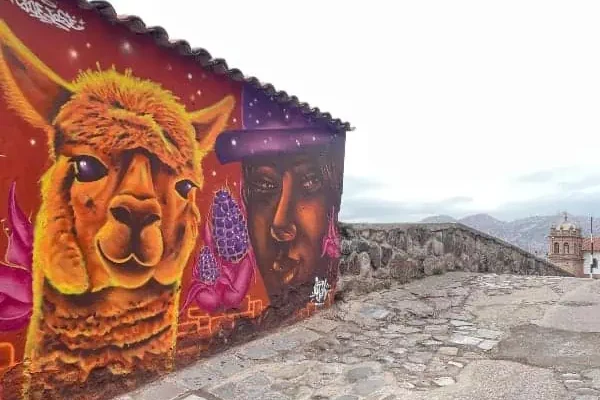Whitehorse resident Dianne Homan knows people make the Camino de Santiago pilgrimage for many reasons.
So on March 15, from 6:30 p.m. to 8:30 p.m., she and the Yukon chapter of the Company of Canadian Pilgrims are hosting an informal presentation about “the Camino experience” at Hidden Valley School.
Located in western Europe, the Camino de Santiago, which translates to the Way of Saint James, is comprised of a series of pilgrimage routes from different starting points in Europe to the shrine of Jesus’ apostle, James, in northwest Spain.
“(It) started as a pilgrimage trail in the 800s,” Homan says. “Spanish Christians were fighting against the Moorish invaders, who felt as though they were invincible because they carried the arm bone of (the prophet) Mohammed. Bones were found in northwest Spain, which were – conveniently – determined to be those of the apostle James, who carried the news of Jesus to Spain after Christ’s death. His bones were buried in a beautiful cathedral in Santiago de Compostela, and with his intercession, the tide of the battle against the invaders turned. He is now the patron saint of Spain. People have walked this pilgrimage trail ever since.”
The resting place for St. James’ bones – the elaborate cathedral in Santiago de Compostela – is the end point of the pilgrimage.
The Spanish Inquisition, plague and civil war slowed pilgrimage traffic, but after the fall of Spanish dictator Francisco Franco in 1975 interest rose to over 100,000 visitors per year.
Homan has walked the main east-west trail in 2011, 2013, 2014, and an alternate trail that goes south to north, starting in Seville, in 2016.
“I saw that there were many caminos: the health care camino, food and wine camino, meditation camino, quirky camino, the rock camino.”
The pilgrimage is also an option for penance. Homan’s recently published book, Walking Your Own Camino, has a chapter for each type that she experienced.
Homan estimates 50 Yukoners have walked the Camino. In 2014 she organized a standing-room-only information session. Since retiring from teaching in the fall, her interest in the Company of Pilgrims has grown.
The Company’s chapters provide support services for those interested in doing the pilgrimage.
In the summer, the Yukon chapter of the Company of Canadian Pilgrims will offer a community walk on Whitehorse area trails on St. James Day, July 25, and in the fall they’ll host a social evening to share their pictures and stories from the pilgrimage.
Homan emphasizes the purpose of the Company of Canadian Pilgrims is not to get people to walk the Camino together; it’s to share the history of the Way of St. James, discuss how to get there, travel tips, what to take, “and what to definitely not take,” says Homan. “How to take care of yourself.”
When asked how the routes, which spread over Europe like a spider web, are different from other walks or hikes Homan replied, “The thing that makes the camino special… is that it is set up for long distance walking. You walk day after day after day, and you have places to stay and eat that are set up for you.
“You, as a pilgrim, are supported by the communities along the way – kindness is everywhere. So you don’t have to carry a heavy pack, which is a blessing when you are walking on rocky ground. Also, you meet people from all over the world – Koreans, Japanese, Israelis, South Africans, South and North Americans, every country of Europe, and I even met a Pakistani man once.
“Also, it can be seen as budget travel – the meals, groceries, and beds are quite cheap. So young and old can do the trail on a budget. The landscape is beautiful and varied – people take hundreds of pictures along the way. And since the trail has been walked for over a thousand years, there is energy there – you feel like a single humble molecule in a large flowing river.”
Has Homan ever met a pilgrim doing a penance? A Dutch woman, who hates walking but has completed the trail nine times, said she did. “But she almost said ‘Penance’ like a joke.”
However, people often feel spiritually enriched by the end. The real challenge, Homan notes, is “to return home and keep the feeling of the Camino going, because you really don’t want to lose it.”
Learn more about the Way of Saint James during the information session at Hidden Valley School on Wednesday, March 15, from 6:30 p.m. to 8:30 p.m.




